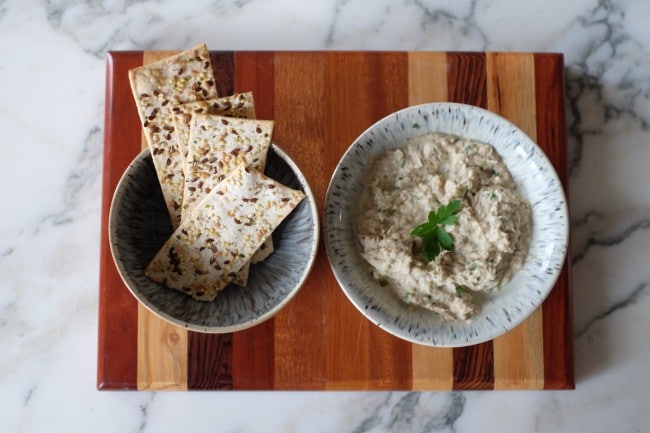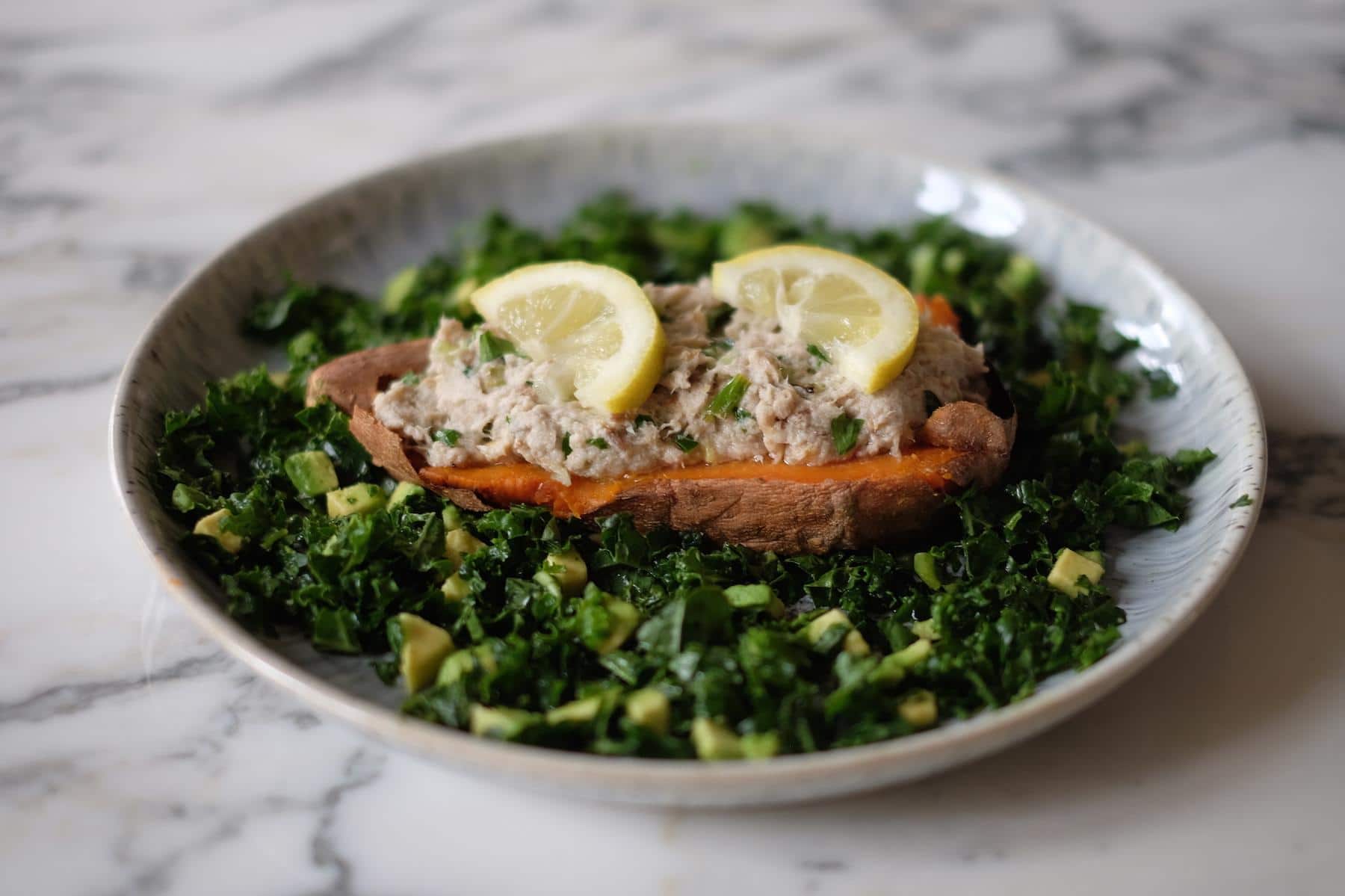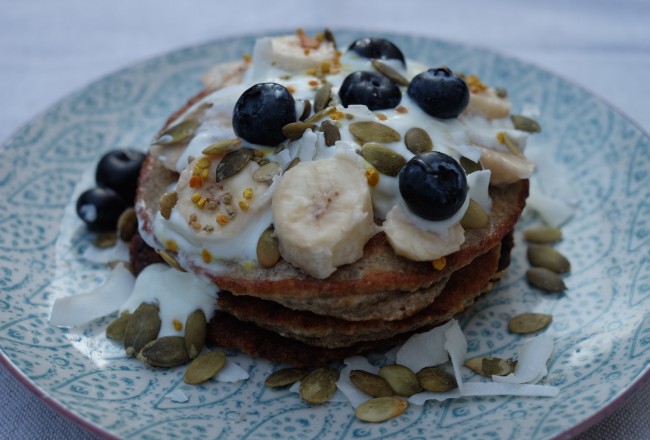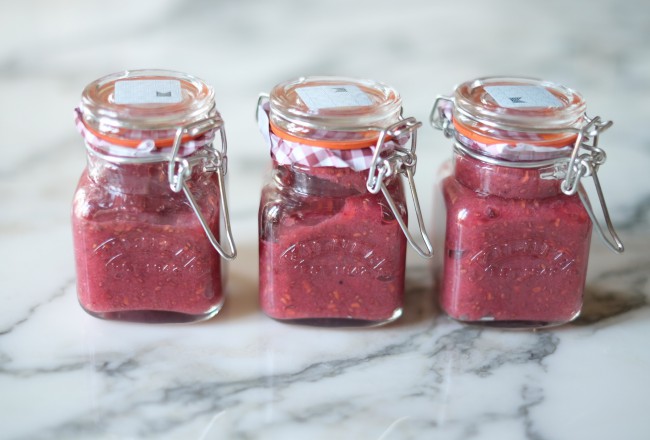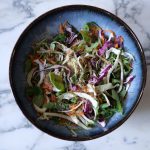We haven’t finished on sugar! Next week, we will be telling you all about hidden sugars and sugar alternatives, and exactly what we think of each. But the whole GI/GL issue comes up in any proper nutritional discussion around sugar, and it seemed logically correct to deal with this now. Glycemic/Glycaemic Index is a measure of how high your blood sugar spikes after eating a certain food. It is determined by a food’s protein, fat and fibre content as well as the type of starch it contains. The GI of a food is measured relative to the GI of glucose and white bread which each have a GI of 100, i.e. the highest possible GI (hint: this should tell you that if you haven’t already switched to wholegrain bread for yourself or your children then now is the time!).
The theory behind a low GI diet is that focusing on low GI foods means improved blood glucose control which is important for the control of insulin release within the body. Remember that insulin is a fat storage hormone; excessive release of insulin in response to blood glucose spikes (as a result of eating high GI foods) can result in weight gain (see last week’s post on sugar) and a myriad of other metabolic health complications. A long-term high GI diet (i.e. one that includes lots of foods that raise blood sugar levels) has been associated with an increased risk of diabetes. So, a low GI diet can be helpful when we’re looking to balance blood sugar levels and in this way can lead to improved health.
However, studies have shown that the GI measurement isn’t as helpful as it sounds when we are looking to use it as a tool for weight control or simply to determine a healthy diet. This is because the GI of a food doesn’t necessarily tell you how healthy that food actually is. Here’s an example – Nutella (due to the fat/protein content of its hazelnuts) comes in as a lower GI food than cooked (starch-heavy) carrots.… How can that be a good diet recommendation?!
The Glycemic Load (GL) of a food is a far more useful measure than GI but it is more difficult to calibrate since it adds in both a quantity and quality dimension. The GL of a food takes into account the GI of that food and the amount of that food that is eaten and the way that food is cooked or made. This approach results in e.g. Nutella correctly ranking with a higher GL than carrots. So the GL value of a food gives us a better indication of whether a particular food is good to include in a healthy diet.
Opinions on the usefulness of GI remain split. Our view is that, while GI or GL values can give us valuable information on how different foods influence our blood sugar levels, focussing on real, whole, unprocessed foods is much more important. A low GI diet that doesn’t take into account quantity and quality (i.e. nature and source) is pointless, since these dramatically affect our health in other ways.
For a reliable list of the GI or GL of common foods, see Foster-Powell et al’s International Table of glycaemic index and glycaemic load published in 2002 in the American Journal of Clinical Nutrition (76:5-56). When looking at this table, note that in terms of GL, a value of 20 or more is considered high; 10 or less is low.
If you aren’t the type of person who wants to analyse tables like this when you plan your family meals (who is?!), sticking predominantly to home-cooked meals made from real, whole, unprocessed foods that have minimal sweetness will be a good guide to staying healthy using GL principles. I just made this baked sweet potato with smoked mackerel pate and kale/avocado salad for lunch, which is about as good as it gets nutrition-wise on a single plate. Sweet potatoes have a slightly better nutritional profile than white varieties, and a lower GI/GL value. Mackerel is a rich source of brain-essential Omega-3 fatty acids, which have a myriad of cognitive, cardio-vascular and immunity benefits. This is a classic Shona dish – I like to make new improved versions of old favourites, and this is my nutritionally supercharged equivalent of the old British staple, baked potato with tuna mayonnaise. Did you try my cauliflower cheese, banana bread, pancakes or egg muffins? What did you think? Get imaginative with your favourite recipes and try to make them healthier! This is why we are spending so much time and attention on all the nutritional facts, rather than just giving you recipes, so that you can pick up the knowledge and tools to be able to understand nutrition properly and apply it in your own kitchens and lifestyles.
BAKED SWEET POTATO WITH SMOKED MACKEREL
Ingredients
1 baked sweet potato (I bake on a low heat for 40-90 minutes according to size)
115g boneless smoked mackerel
1-3 tbs cream cheese, crème fraiche, greek yogurt, or homemade mayonnaise (experiment with your favourite mix or use what you have in the fridge. I say 1 to 3 because some people prefer creamier. I think cream cheese tastes best).
1 stalk celery, roughly chopped
1 spring onion, washed, finely chopped (sauté this if you dislike raw onions)
1-2 tsp parsley, finely chopped (chives work well too)
Juice of half a lemon
Method
Remove the skin from mackerel fillets, and roughly break up the fish. Fork mash it and add the lemon juice. Add the cream cheese/whatever mix, then stir in the celery, spring onion and herbs. Season to taste with salt and pepper. You can make this into a smooth dip by using a blender or food processor, in which case skip the celery as it increases the water content too much for a good texture. Add horseradish if you like a kick. Great as a nutritious dip with crudités and bread sticks! My salad pictured above is simply kale, which I have chopped finely and softened in squeezed lemon juice for an hour, tossed in extra virgin olive oil and mixed with half a chopped avocado. Enjoy!
Photo credits: bowl and plate are both part of the Halo range by Denby

